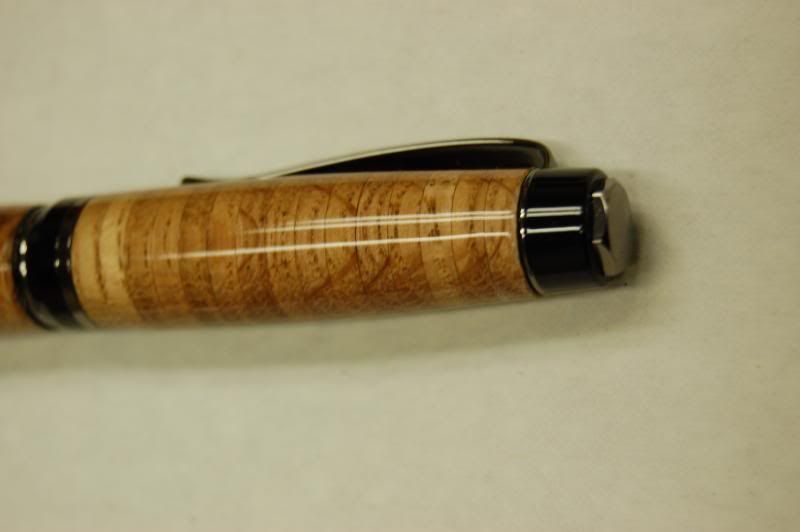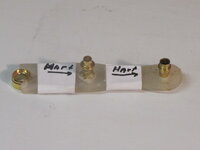The gauges Lonn has made are actually a good idea they are like go/no go gauges we use in thread fitting and precision machining where your tolerances are with in + o - .003 or .005 and stop and think how much CA do you put on , so cut them just a tad under to allow for finish. I checked the other day I calipered a finished pen it read just shy of dead nuts, and the other end at the finial was plus .003 the difference is so minute it's laughable to try constantly and turn any quantity of pens. Sure on a good CNC lathe or even a CNC Mill with 4th Axis you can get real close, there is one thing I can tell you after many years in many departments of Machine shops, and having access to incredibly accurate measuring machines,some costing many many thousands of dollars do not believe perfect exists, but damn it we can sure get close. Any time you can turn a pen and there is a difference of lets say .0025 difference either way under turned or over turned. I can get REAL close on Acrylics, but with wood consider that over time it will shrink, and shift around, moist weather it will probably expand. Could it be this is the reason the major makers use mostly metal or Precious resin (in one case) and the extra anvils for mics I have set for my Mitutoyo good for wall on bored stuff,thickness ans thread pitch but a pain to keep up with., I still go to my Browne and Sharps, Calipers are rated at +/- .001 thats close enough



